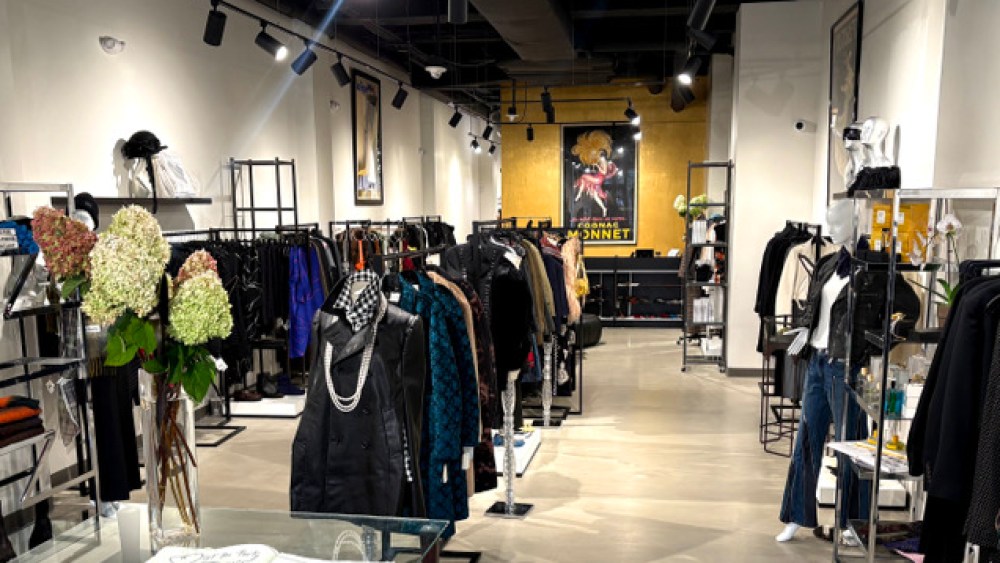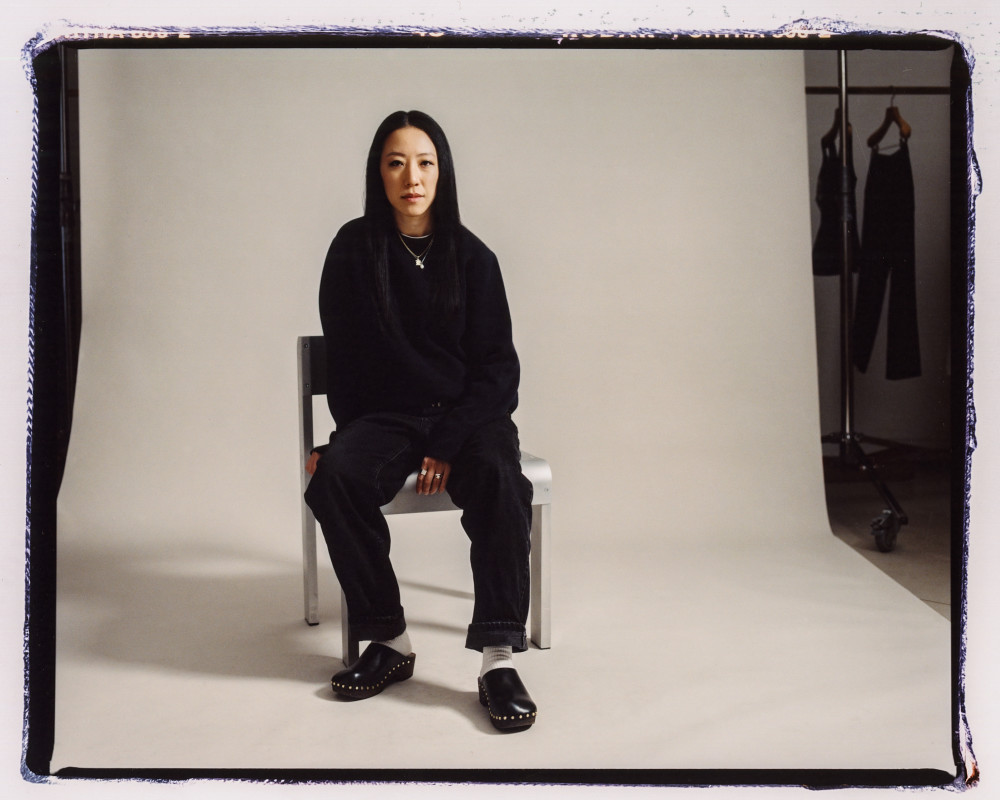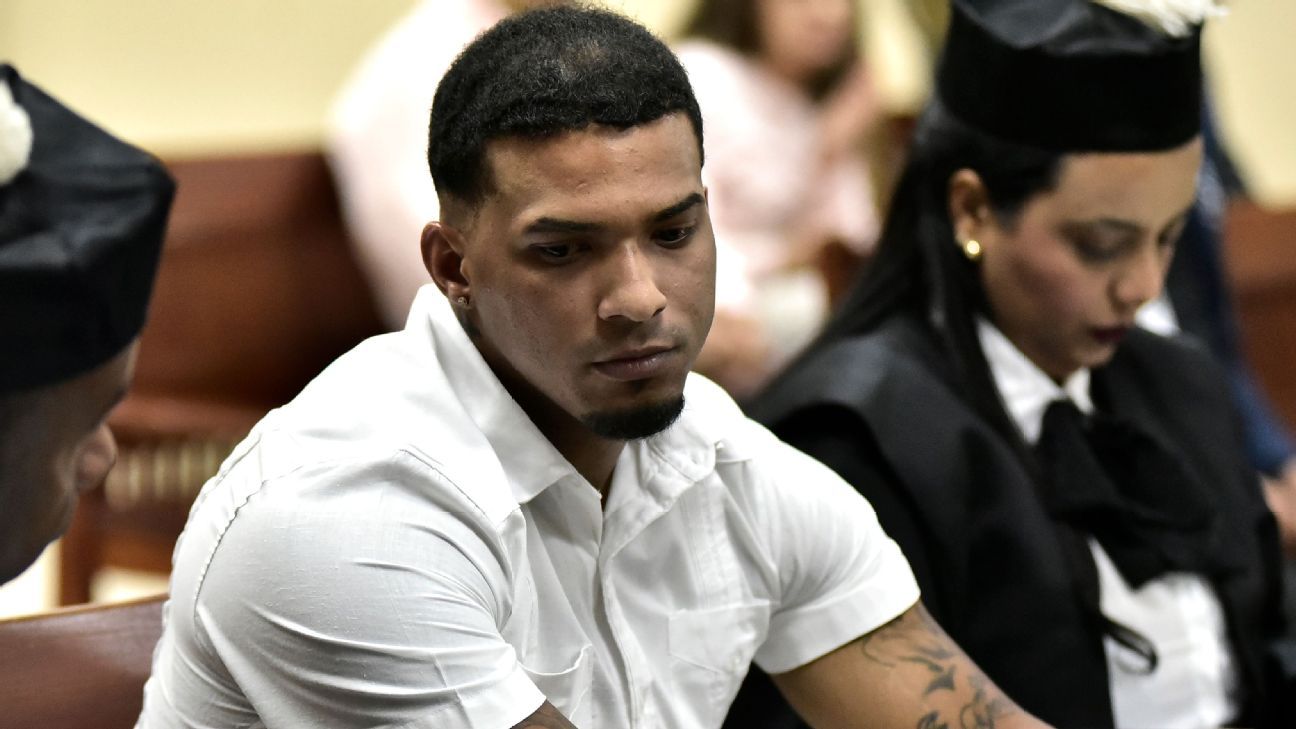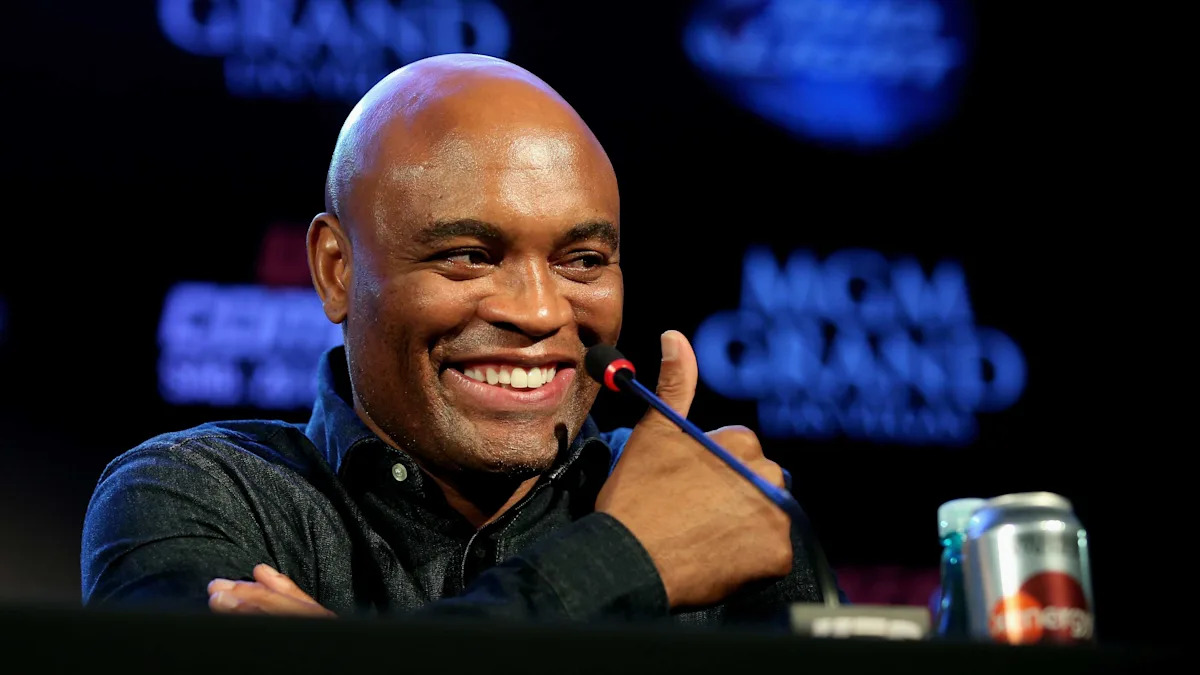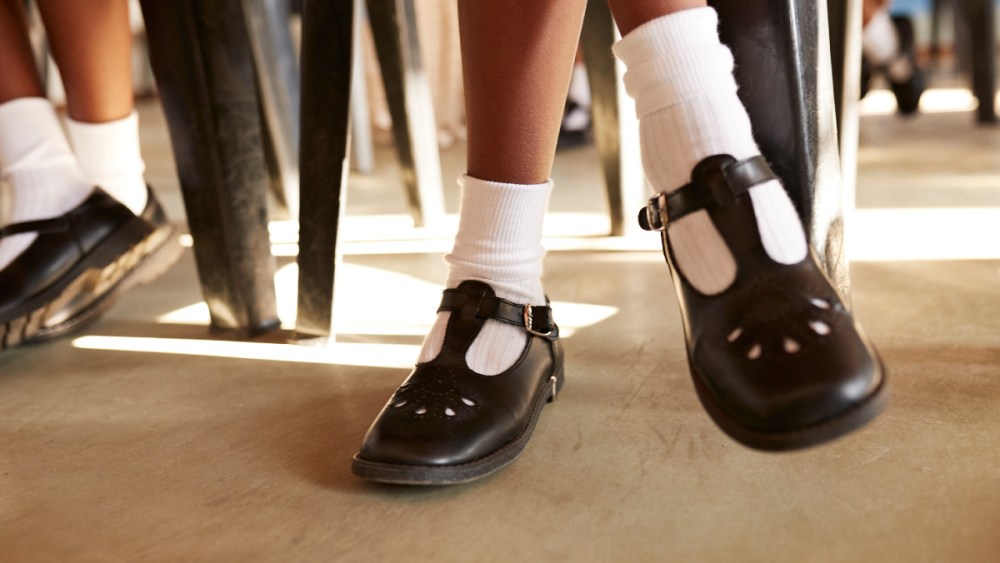
Eighty percent of consumers expect to pay more for children’s shoes this fall due to tariff-driven price increases.
According to data points from the 2025 AlixPartners U.S. Consumer Survey, in partnership with the Footwear Distributors and Retailers of America (FDRA), 16 percent respondents expect shoe prices to increase by 10 percent or less, with 34 percent noting price hikes will range from 10 percent to 25 percent and 30 percent expecting the uptick to be 25 percent or more.
Price was a key driver in purchasing decisions, and the only factor to see an increase in interest versus the 2024 study.
Seventy-seven percent said “absolute lowest prices” was a major factor in their choice of store, either online or in person, versus 74 percent in 2024. It was also the determining factor in where consumers are choosing to shop, with mass market retailers the top retail destination at 23 percent due to brand range and perceived affordability. Specialty stores followed at 18 percent and branded store or website at 17 percent to round out the top three shopping channels for back-to-school (BTS) footwear.
Sticker shock is also forcing consumers to rethink their spending patterns. Half of the respondents said they expect brands and retailers to absorb a portion of the cost increases. This same group also said they are both trading down and seeking quality and versatility in what they buy, while they also plan on making fewer purchases.
AlixPartners survey: deep dive
According to Bryan Eshelman, a partner and managing director at AlixPartners and a co-author of the study, in the upper price tier product lines, brands still matter as well as quality. “People are willing to spend maybe a little bit more on a per-pair basis, but maybe [they will be] buying fewer pairs,” he said. “And so when they spend an extra $20 on a pair of shoes, they’ll want to make sure it’s the right brand, the right quality, and that it’s a versatile product that they can wear for a number of occasions so they’re getting more bang for their buck in that way.”
At the other end of the spectrum, the lower-income consumer will be harder hit by the price increases, largely because lower-priced shoes are produced in countries where tariffs are at a higher rate.
And then there are brands such as Nike Inc., which said in May that it was raising prices on select goods, averaging between $2 and $10. But the brand won’t be increasing prices on any kids’ products, whether footwear or apparel, and there won’t be any price increases for any Jordan product. That seems to be a good marketing move for Nike.
“Nike is in a reinvention phase right now, trying to regain their cool factor. So, I think they have a strong incentive to try to direct consumer sales towards the younger product lines to try to rebuild that cool factor,” Eshelman said, adding that “if I were them, … I’d want to give the impression to the consumer that I’m protecting kids and families from price increases.”
He also noted that brands with strong “brand heat” can probably “afford to take the price up and get away with it because people are willing to pay for a good product and a great brand.”
“Footwear retailers are stuck between a rock and a hard place,” Matt Priest, FDRA’s president and CEO, said in a statement. “Tariffs raise wholesale costs across the board, but consumers aren’t willing — or able — to absorb those increases. That leaves retailers squeezed on both sides, eroding margins and forcing tough decisions on inventory, pricing, and sourcing.”
When faced with a 25 percent to 30 percent increase, 33 percent of consumers said they would likely buy cheaper brands, while 35 percent they would reduce spend elsewhere to afford the brands they want, and 38 percent said they would buy fewer pairs to keep within their budget.
In addition to the focus on price, 34 percent said they would search for a similar or dupe product at a lower cost, while 33 percent said they would search for a promo code.
The survey determined that brands that offer value without compromising on comfort or style — such as the athletic category — are the mostly likely winners. In fact, the athletic/athleisure shoe category saw a projected 28 percent year-over-year increase in spend versus 2024 levels.
In contrast, fashion-first retailers and maybe even luxury brands, might struggle to get sales. The fashion/dress shoes or boots category only saw a 3 percent increase in projected spend when compared with 2024 levels. The study found that 73 percent of Gen Z and millennial parents said they’d skip trend-driven footwear styles in favor of “durability and price.” That also means that both shoe manufacturers and retailers should “design to value” as consumers trade down and scrutinize style features versus price points, strategists at AlixPartners advised.
The study found that consumers also have a preference for retailers that offer buy-now-pay-later options, loyalty rewards and real-time price comparison tools
The 2025 survey also took into account the possibility of inventory shortages. The advisory firm recommended that retailers have accurate and timely inventory visibility to meet consumer needs — whether via store-to-store transfer, shipping from store, or shipping from a distribution center — to avoid the risk of disappointing a consumer. And AlixPartners advised that retailers should know what their competitors are doing about pricing and promotional strategies. That’s one way to make sure they don’t stand out negatively from a pricing perspective.
Eshelman said he hasn’t seen any indication of low inventory, but noted that consumers are more aware of that possibility due to supply chain issues during the COVID-19 pandemic. He said most retailers have been bringing goods in and taking advantage of pauses in the implementation of higher tariff rates. The AlixPartner retail expert also believes that shoe firms and retailers are bringing more goods in again, now that the tariff deadline was moved out to Aug. 1. And that means consumers may not see price increases for some items until at least through mid-September. That’s because much of the assortment mix for BTS and early holiday have landed, and any spike in new tariffs takes effect when the goods “exit the country, not when they arrive” in the U.S., he explained.
Hibbett in June launched a new kids’-focused app for BTS, Adidas earlier this month released an early BTS sneaker collection featuring Sambas, available at Foot Locker and Kids Foot Locker. And in May when Shoe Carnival posted first quarter results, CEO Mark Worden said he was optimistic about BTS sales, given its lack of manufacturing or wholesale operations and the rebanner of Shoe Carnival stores to the Shoe Station brand. Worden said at the time that the company has been in “close collaboration with vendor partners” and that it has not yet experienced any massive product cost or price increases.
The AlixPartners study polled over 1,000 U.S. consumers in June. At that time, nearly half of respondents at 48 percent said they either already started BTS shoe shopping or plan to finish it before July 4, mostly due to concerns over rising prices. Forty-three percent planned to begin between July 5 and Aug. 15, and 9 percent said they would shop after Aug. 15. The peak BTS spend is typically July and August. And in general, those who expect to spend between $150 to $200 per child increased from 15 percent to 19 percent, while those who said they expect to spend between $100 to $150 fell to 24 percent from 29 percent in 2024. The consultancy firm also noted that consumers pulling forward their spend could mean there’s less available later on for holiday spend.
NRF BTS Survey
Separately, the retail trade group National Retail Federation (NRF) said on Tuesday that two-thirds, or 67 percent, of BTS shoppers had already started purchasing items for the upcoming school year, mostly due to concerns that prices will rise because of tariffs. The early start is up from 55 percent in 2024. The 67 percent data point represents the highest since NRF started tracking early shopping in 2018.
“Consumers are being mindful of the potential impacts of tariffs and inflation on back-to-school items, and have turned to early shopping, discount stores and summer sales for savings on school essentials,” said Katherine Cullen, NRF’s vice president of industry and consumer insights. The NRF survey found that 84 percent still have at least half of the purchases left to complete, mostly because 47 percent are holding out for the “best deals.” Another 39 percent aren’t sure of what items are need and 24 percent are planning to spread out their budgets
#Tariffs #Give #Parents #BacktoSchool #Shoe #Anxiety

